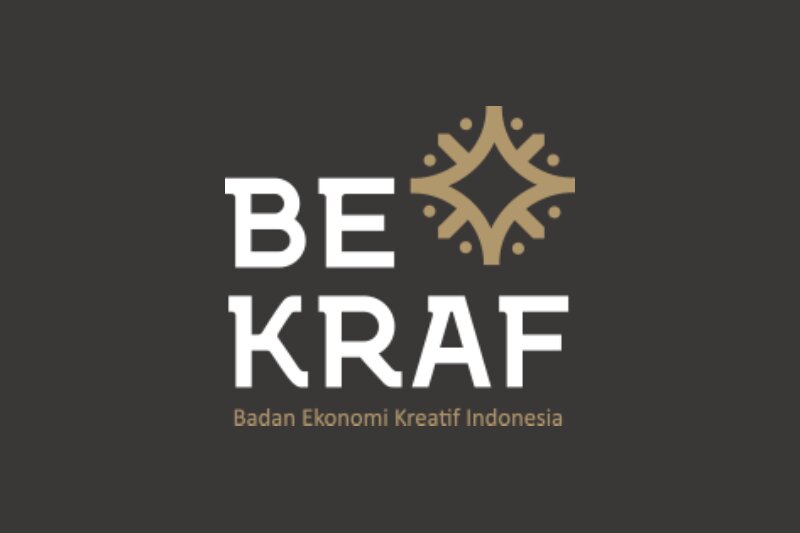Correspondence Analysis of Badan Ekonomi Kreatif Indonesia in 2016

Background
The creative industry, as defined by Pahlevi (2017), encompasses a diverse range of human activities involving the creation, production, distribution, exchange, and consumption of goods and services with cultural, artistic, aesthetic, intellectual, and emotional value. This industry produces both tangible and intangible outputs that hold economic value through the exploration of cultural values and the production of science-based goods and services, including traditional and modern products.
Currently, the creative industry has been categorized into 16 subsectors, including game application and development, architectural and interior design, visual communication design, product design, fashion, film, animation video, photography, craft, culinary, music, publishing, advertising, performing arts, fine arts, television, and radio, each with its unique set of challenges. These subsectors exhibit distinctive characteristics that influence their development, and one key factor in fostering a thriving creative economy is how a city is positioned as a cultural and artistic hub.
In Indonesia, each province possesses its own potential for the development of creative industries, which vary from one another. This can be observed through the dominance of certain subsectors of the creative industry in specific provinces. Hence, conducting an in-depth analysis of the distribution characteristics of creative industry subsectors across Indonesian provinces becomes essential. Correspondence analysis, a visual approach similar to biplot analysis but tailored for categorical data in contingency tables, can be employed for this analysis. It provides visually appealing, informative, communicative, and artistic graphics that facilitate a better understanding of the data.
Objectives
The objectives of the study are: (1) To identify the relationships between variables in the creative industry subsector in Indonesia, such as game application and development, architecture and interior design, visual communication design, fashion, etc; (2) To identify the relative position between provinces in order to see similarities between them in Indonesia based on the creative industry subsector; (3) To identify the relationships between creative industry subsector; and (4) To find out a province that has low number of creative industry subsectors in Indonesia in 2016.
Benefits
The study aims to achieve the following objectives in a professional manner:
- To identify and examine the relationships between variables within the creative industry subsectors in Indonesia, including game application and development, architectural and interior design, visual communication design, fashion, and others
- To determine the relative positioning of provinces in order to identify similarities among them in Indonesia based on the creative industry subsectors
- To explore and analyze the relationships between different creative industry subsectors, elucidating their interdependencies and potential synergies
- To identify and highlight provinces in Indonesia that exhibit a lower number of creative industry subsectors in the year 2016, providing insights into potential areas for further development and intervention
These objectives reflect the systematic and rigorous approach of the study towards understanding the relationships and dynamics within the creative industry subsectors in Indonesia, with the ultimate goal of informing policies and strategies for fostering the growth and development of the creative economy in the country.
Scopes
The study is focused on the analysis of secondary data obtained from the official website of the Indonesian Creative Economy Agency. The data pertains to the distribution of creative industry subsectors in Indonesia in the year 2016. The study utilizes this data to conduct an in-depth analysis of the relationships between variables within the creative industry subsectors, as well as to identify the relative position of provinces and their similarities based on the creative industry subsector. The scope of the study is limited to the data available from the official source for the specific year mentioned, and the analysis is conducted using correspondence analysis as the analytical approach.
For further information, please refer to my Github repository!
Sources
 Never miss a story from us, subscribe to our newsletter
Never miss a story from us, subscribe to our newsletter